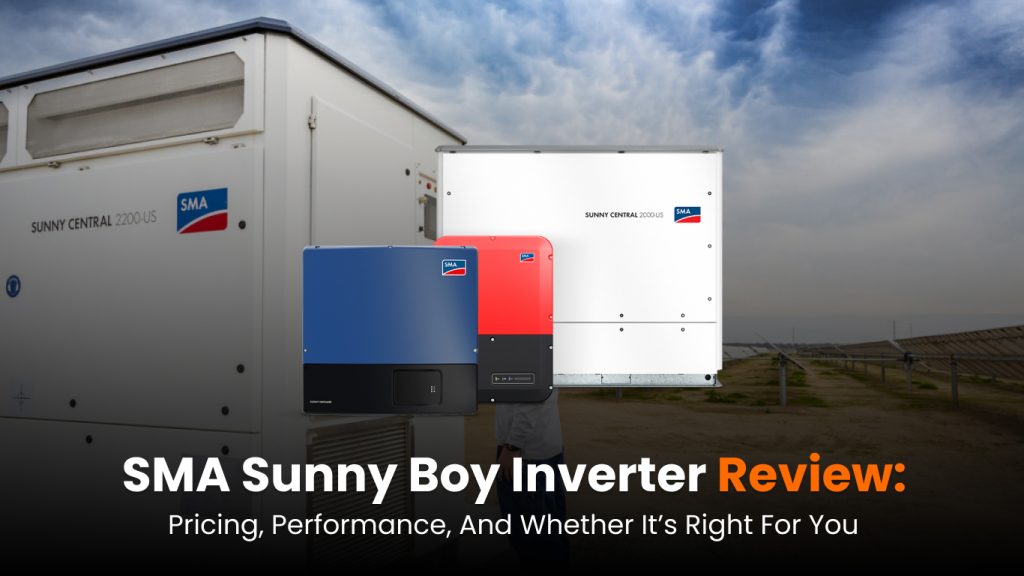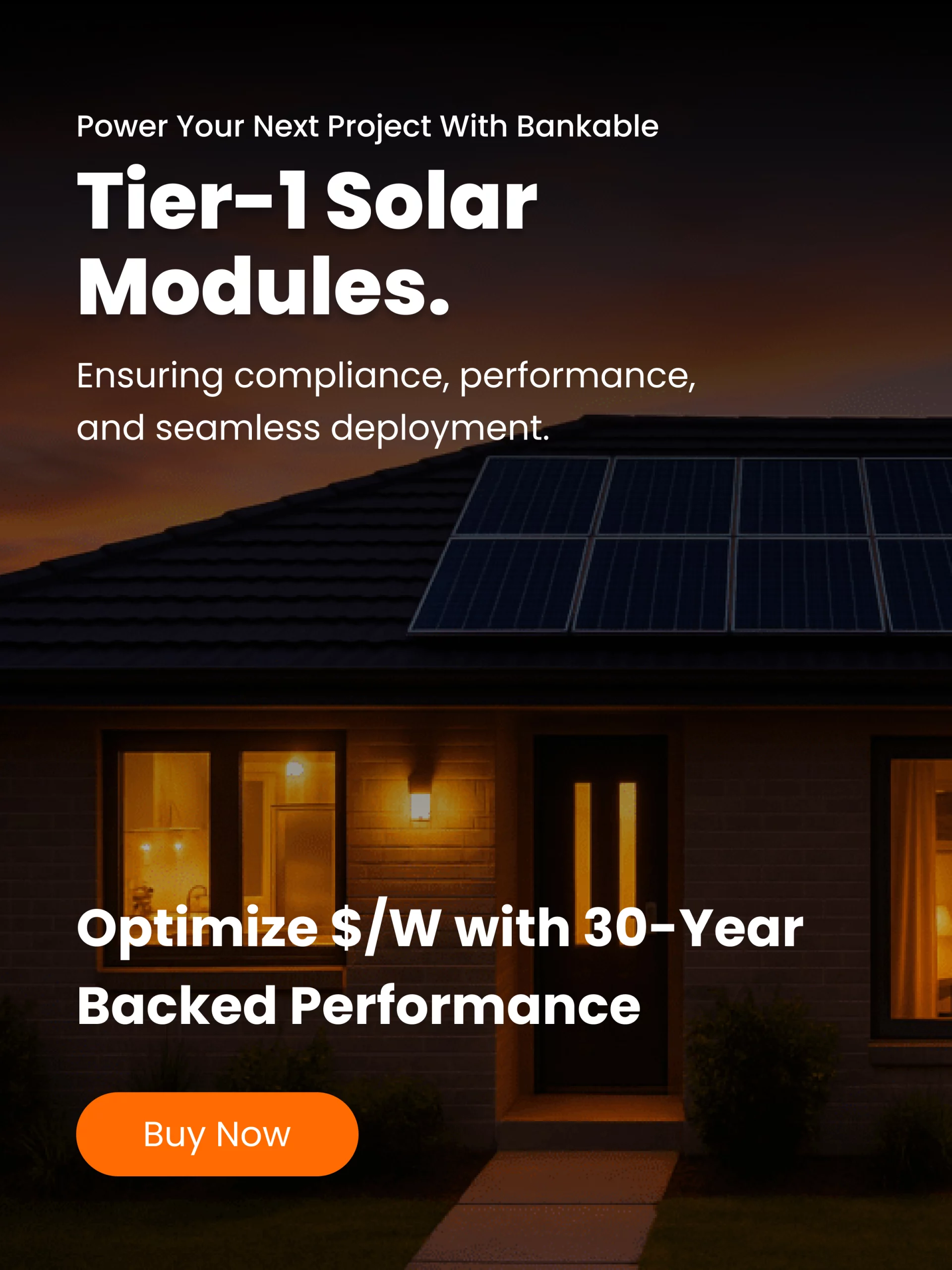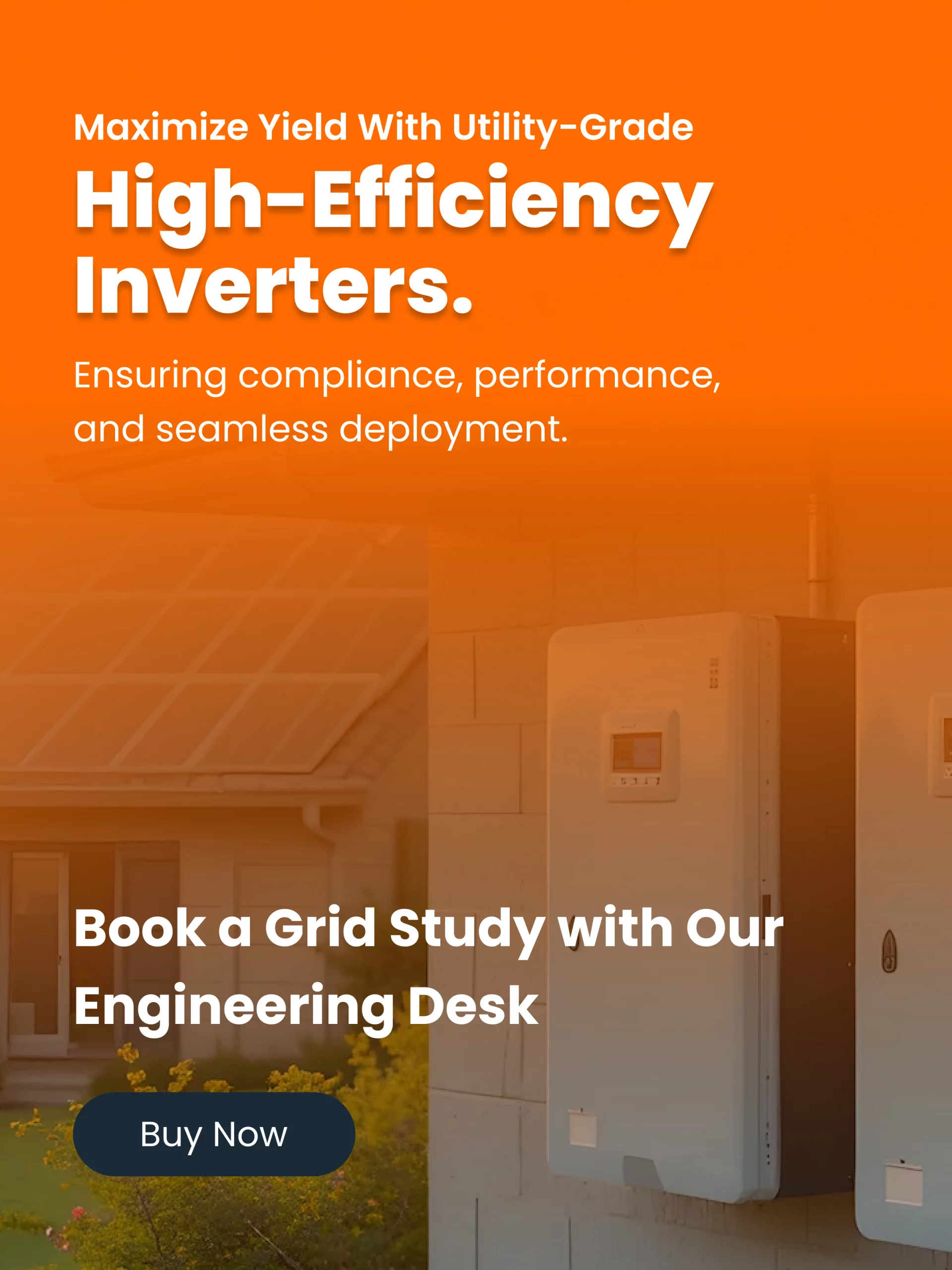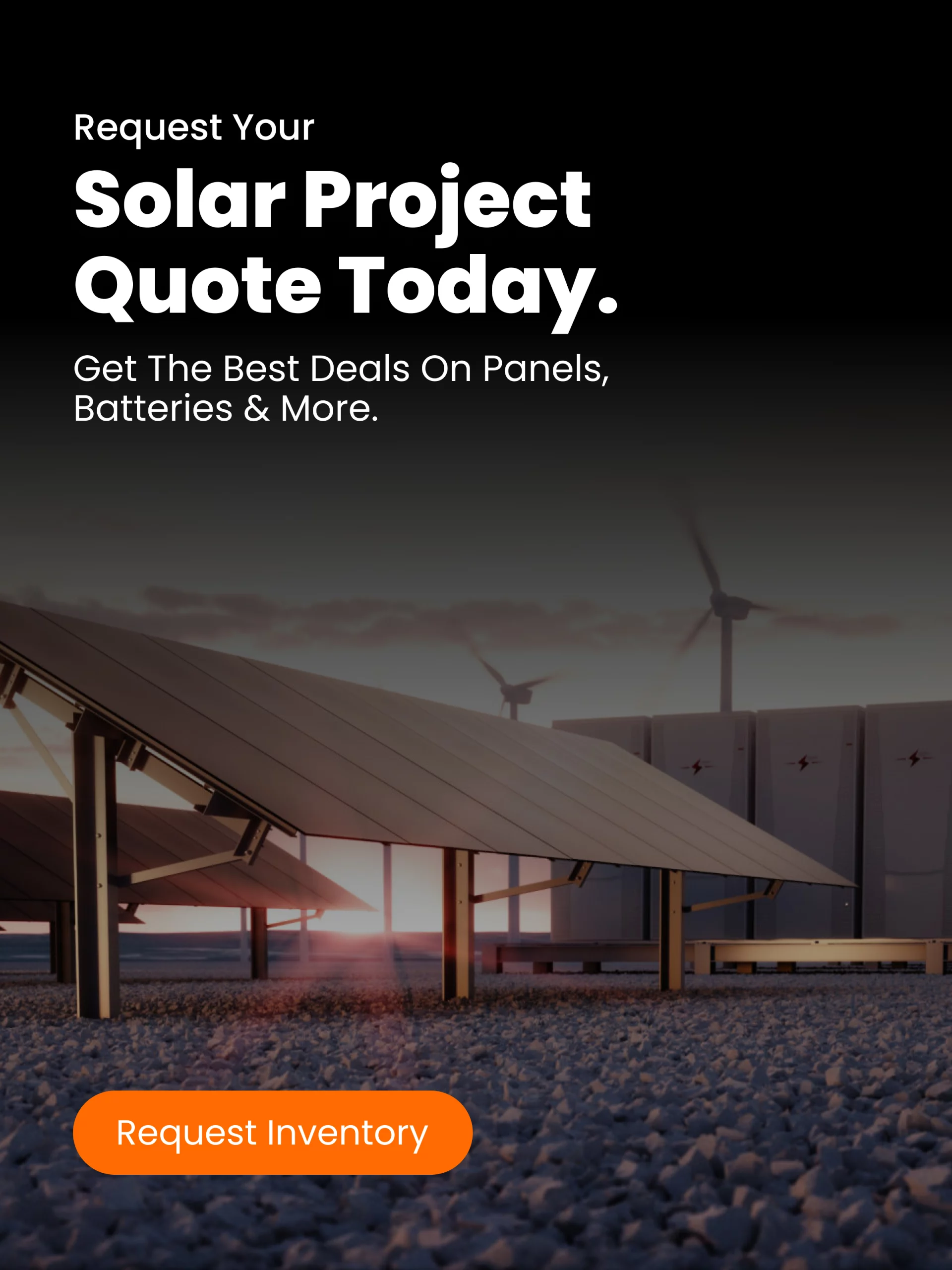If you’re planning to build a solar power system and you’re looking for a cost-effective, reliable inverter, the SMA Sunny Boy is worth considering—especially if you’re working with a standard grid-tied system in full sun. But as with any solar component, it’s important to understand where this inverter excels and where it may fall short. In this blog, we’ll walk you through the key features of the SMA Sunny Boy, explain when it’s a good fit, and highlight some important limitations so you can make an informed decision.
Understanding what the SMA Sunny Boy is
The SMA Sunny Boy is a grid-tied string inverter, a device that converts the direct current (DC) electricity produced by your solar panels into alternating current (AC) electricity for use in your home or to send back to the grid.
This inverter is classified as a “string inverter,” meaning it connects a series of solar panels (known as a string) to a single inverter. Because the panels are wired in series, the performance of each panel affects the entire string. If one panel is shaded or underproducing, every other panel in the string drops down to match its output.
For that reason, the Sunny Boy is best suited to systems with uniform sun exposure and where all the panels are facing the same direction.
How much does the Sunny Boy cost?
SMA offers several models for residential installations, ranging in capacity from 3 kW to 7.7 kW. Below is a breakdown of pricing for each model based on cost per watt (note: pricing may vary over time):
- 3.0 kW – $1,261 (42 cents/watt)
- 3.8 kW – $1,245 (32 cents/watt)
- 5.0 kW – $1,325 (27 cents/watt)
- 6.0 kW – $1,525 (25 cents/watt)
- 7.0 kW – $1,659 (23 cents/watt)
- 7.7 kW – $1,920 (25 cents/watt)
The 7.7 kW model is one of the most popular options. It offers high power output and solid performance at a competitive price.
Specs and performance: what to expect from the 7.7 kW Sunny Boy
Here’s a quick look at the technical specifications for the 7.7 kW Sunny Boy inverter:
- Wattage: 7,700 watts
- Peak efficiency: 97.5%
- Input voltage: 600V DC
- Output voltage: 240V AC
- Number of string inputs: 3
- Warranty: 10 years
With 97.5% peak efficiency, the Sunny Boy is one of the most efficient inverters on the market. It also supports up to three separate panel strings, which offers some layout flexibility as long as each string’s panels face the same direction.
When the Sunny Boy is the perfect fit
The Sunny Boy shines when installed in ideal conditions. That means:
- Your panels can be mounted in full, unshaded sunlight.
- All panels in a string face the same direction (preferably south in the U.S.).
- You don’t need panel-level optimization to handle shading or varying tilt angles.
Let’s say you’re planning to build a system that produces around 906 kilowatt-hours (kWh) per month—the average electricity usage for a U.S. home. If you compare a 20-panel Sunny Boy system to a 20-panel SolarEdge HD-Wave system, the difference in price can be significant. As of early 2020, the Sunny Boy version would cost about $9,618 compared to $10,225 for the HD-Wave, saving you over $1,600.
So, if your setup allows it, the Sunny Boy offers real value.
Key advantages of the Sunny Boy
Cost-effective in optimal conditions
When your installation site meets the requirements above, the Sunny Boy offers one of the lowest cost-per-watt values of any inverter on the market.
Secure Power Supply (SPS)
One of the unique features of the Sunny Boy is its Secure Power Supply. In the event of a grid outage, the inverter can provide up to 2,000 watts of backup power—enough to run essentials like a refrigerator or communication devices—provided the sun is shining.
Optional power optimizers
Unlike SolarEdge systems that require power optimizers, Sunny Boy gives you the option to add them later. This allows flexibility—start with a basic system and retrofit optimizers only if you notice performance issues due to shading or seasonal sun angles.
Excellent customer support
SMA is known for its responsive and knowledgeable support team. Whether you’re a DIY installer or a professional, it’s a major plus to have quick access to help when needed.
Limitations of the Sunny Boy inverter
Sensitive to shading and orientation issues
Because this is a string inverter, any shading on a panel affects the whole string. Also, all panels in a single string need to face the same direction for optimal performance. If your roof layout is complex or partially shaded, this inverter may not be your best bet.
Rapid shutdown compliance may require extra equipment
Newer electrical codes (NEC 2017 and beyond) require rapid shutdown features for safety. For roof-mounted systems, this means you’ll likely need to add power optimizers to comply—which increases the cost and disables the Secure Power Supply feature.
Heavier and harder to install
The Sunny Boy inverters are large and heavy. The 7.7 kW model weighs about 57 pounds—more than double the weight of some competitors like the HD-Wave. If you’re installing your system yourself, this could be a challenge.
Shorter standard warranty
The standard Sunny Boy warranty is 10 years. That’s less than the 12-year coverage on SolarEdge inverters and far shorter than the 25-year warranty on Enphase micro-inverters. SMA does offer extended warranties for a fee, which could offset this downside if you plan to keep your system long-term.
Final verdict: is the Sunny Boy right for you?
If your installation site is open, sunny, and allows for all panels to be installed in uniform orientation, the SMA Sunny Boy is one of the best-value inverters available. It’s reliable, efficient, and affordable—especially for homeowners looking to save on their initial investment.
However, if you’re dealing with shade, complex roof angles, or want to maximize production with panel-level optimization, a system using SolarEdge or Enphase micro-inverters will be better suited to your needs.
In short: the Sunny Boy is a solid performer in the right conditions, but it’s not a one-size-fits-all solution. Make sure your system design matches its strengths to get the best performance and return on investment.




